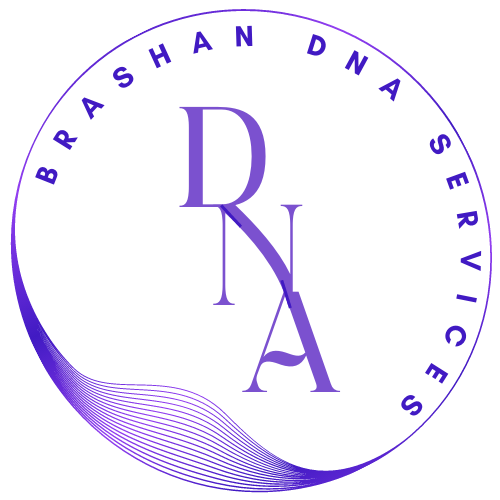If you’re pregnant and have questions about the paternity of your growing baby, you may be wondering about your options. Do you have to wait out your entire pregnancy before you can determine the father of your baby?
Prenatal DNA paternity testing makes it possible to identify whether a man is a baby’s biological father before the baby is born. In other words, the DNA test is performed while the mother is still pregnant.
A prenatal paternity test can provide peace of mind in circumstances where you are unsure of who is the biological father of your baby. We know the sensitivities involved with a prenatal paternity test which is why your test is performed in complete confidence. LEARN MORE
Types of prenatal paternity test
Our laboratory offers non-invasive prenatal paternity (NIPP) testing only, using cheek (buccal) swabs from both the mother and alleged father, and a blood sample from the mother, which is 100% risk-free for the mother and baby. However, there are other options available for people seeking a prenatal paternity test. These include a chorionic villus sampling (CVS) test or an amniocentesis test.
What is a CVS (chorionic villus sampling) test and how is it performed?
For a CVS test, a small sample of cells is taken from the placenta and tested against cheek swabs from both the mother and the alleged father. The cells are obtained from the placenta by guiding a thin tube through the cervix or using a needle inserted into the uterus to remove a sample of chorionic villus cells.
The test can be taken from as early as 10 weeks into pregnancy. However, unlike a non-invasive test, it is not without risk.
In fact, a CVS test poses a 1% risk of miscarriage. In about 5% of patients, a CVS test is not possible, meaning a non-invasive test – such as that offered at our laboratory – or an amniocentesis test would be required.
What is an amniocentesis test and how is it performed?
An amniocentesis test can be done between 14 and 20 weeks of pregnancy and is more commonly used to detect chromosome abnormalities or genetic disorders in the unborn fetus.
For an amniocentesis paternity test, your doctor will use a long, thin needle, which is inserted into the abdomen to extract a sample of amniotic fluid from the uterus.
This fluid is then used to retrieve fetal DNA, which is compared to the DNA collected from cheek swabs from the mother and the alleged father. As with a CVS test, amniocentesis poses a small risk of miscarriage (0.5%).
Phone
Location
Store Hours
M-F: 8am – 8pm
S-S: 8am – 8pm
